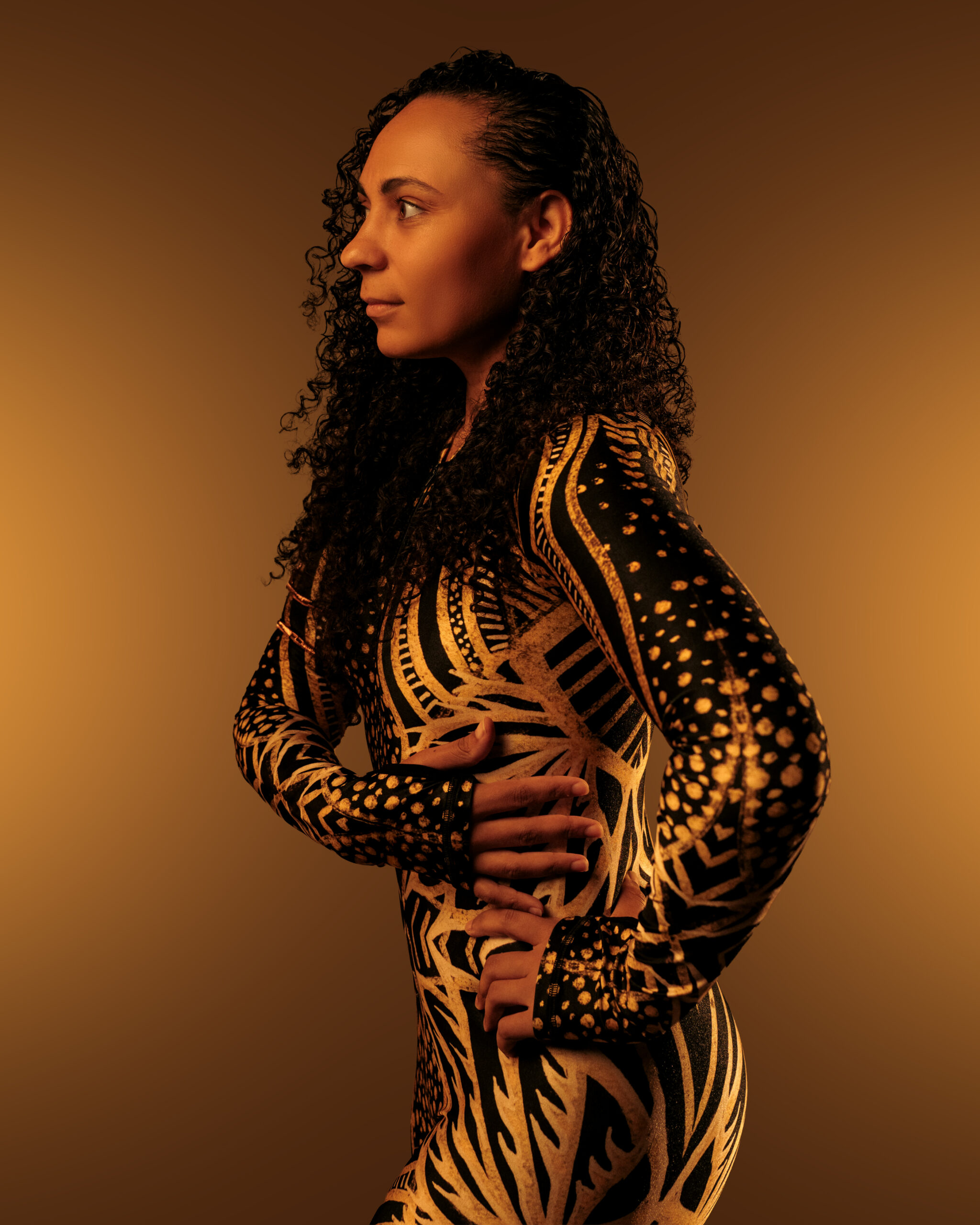Calgary’s media landscape is shifting. What was once defined by homogeneity and a narrow lens, is slowly beginning to reflect the city’s rich and varied identity. Yet the call for more diverse voices remains urgent. It is no longer just a question of representation; it is about the quality and depth of storytelling, the kinds of narratives that shape public understanding and community connection.
Diversity in media is all about telling the full story, and in a city as multicultural and fast-evolving as Calgary, that means reflecting the voices and realities of everyone who calls it home. When Indigenous peoples, immigrants, people of color, LGBTQ+ communities, and others are left out of the picture, the result isn’t just mare silence, but distortion. It affects how communities understand themselves, and how they’re understood by others.
“This diversity is one of Calgary’s greatest assets, yet its media has been slow to keep pace with the city’s demographic changes.”
Let’s also not forget that the media is both a mirror and, at times, a megaphone. It reflects back to us who we are and what we value, and it amplifies certain voices while muting others. The narratives we consume shape civic identity, influence policy, and determine whose histories are preserved and whose pain is acknowledged. When media institutions fail to include diverse voices in their newsrooms, editorial decisions, and coverage, they contribute to a fragmented civic dialogue; one that can perpetuate stereotypes, breed division, and deepen systemic inequities.
In Calgary, the stakes feel especially high. The city is growing rapidly, becoming one of Canada’s most diverse urban centers. Its population includes vibrant Indigenous communities alongside waves of new Canadians from across the globe. This diversity is one of Calgary’s greatest assets, yet its media has been slow to keep pace with the city’s demographic changes.
Several barriers stand in the way. Structural inequities in hiring practices, lack of mentorship opportunities for underrepresented persons in the media, and a media culture that often favors traditional narratives over risk-taking all contribute to the problem. The result is that many talented voices remain unheard, and important stories go untold.
“For Calgary’s media to truly reflect the city it serves, it must not only open doors but also nurture talent from all walks of life.”
But change is happening, and more than ever before, investing in diverse voices is not just the right thing to do, but the smart thing to do. Audiences today demand authenticity and complexity. They want stories that resonate with their own lives and broaden their understanding of others. Media that embraces diversity is better equipped to engage these audiences and remain relevant in an evolving cultural landscape.
For Calgary’s media to truly reflect the city it serves, it must not only open doors but also nurture talent from all walks of life. That means creating inclusive hiring and training practices, supporting mentorship programs, and fostering editorial environments where different viewpoints are valued and celebrated.
Ultimately, diverse voices do more than enrich the media; they strengthen the fabric of Calgary itself. They bring nuance to conversations about identity, belonging, and community. They challenge assumptions and spark dialogue that moves the city forward.
As Calgary continues to grow and evolve, the need for media that truly represents its people becomes impossible to ignore. It is an imperative not only for fairness but for the health of the city’s democracy and culture. More diverse voices in Calgary’s media space are essential because they are the storytellers who will help write the next chapters of this vibrant city’s story.
Featured Image: THE FLAME




